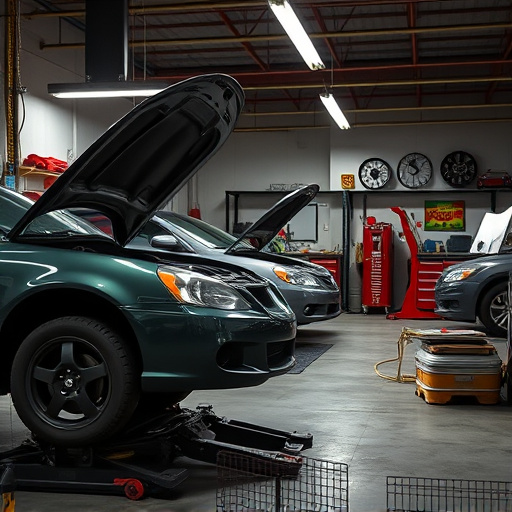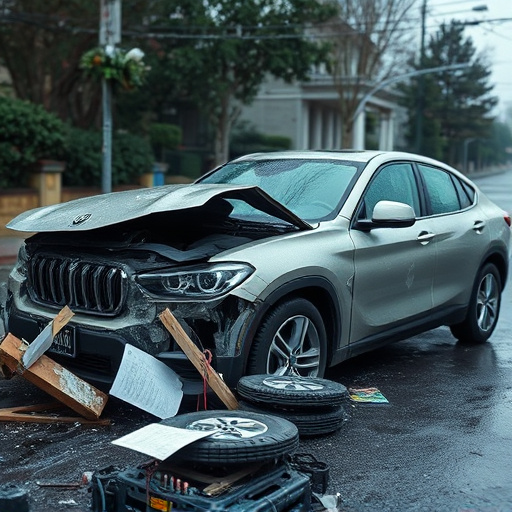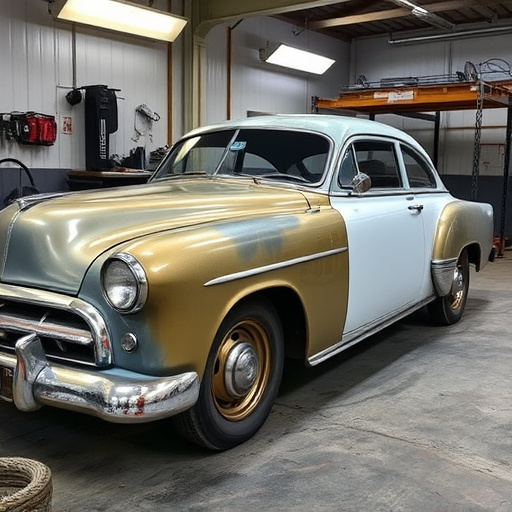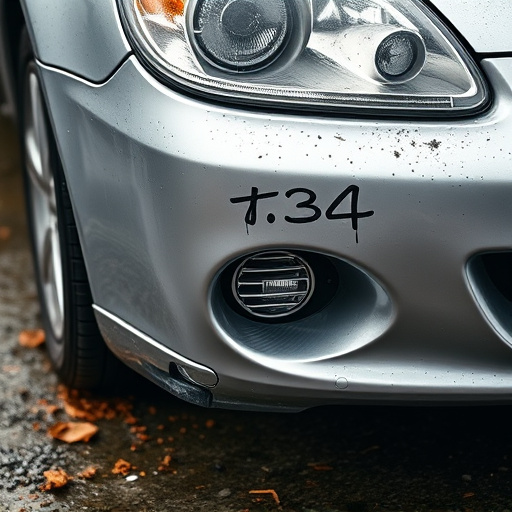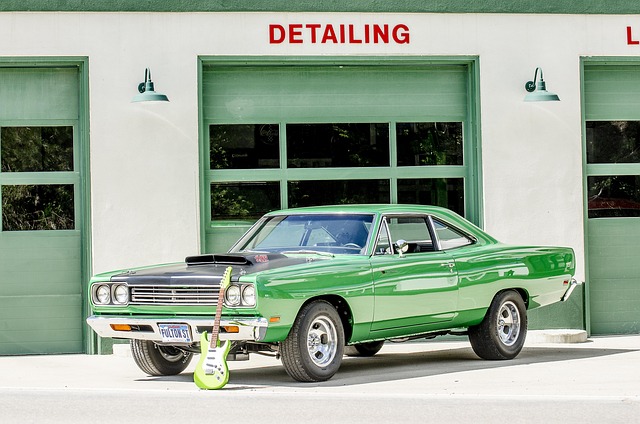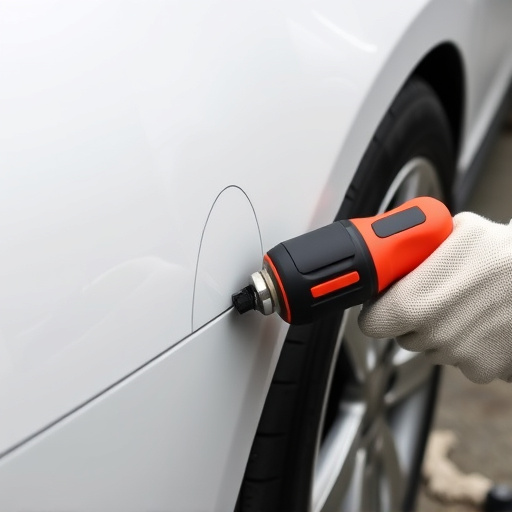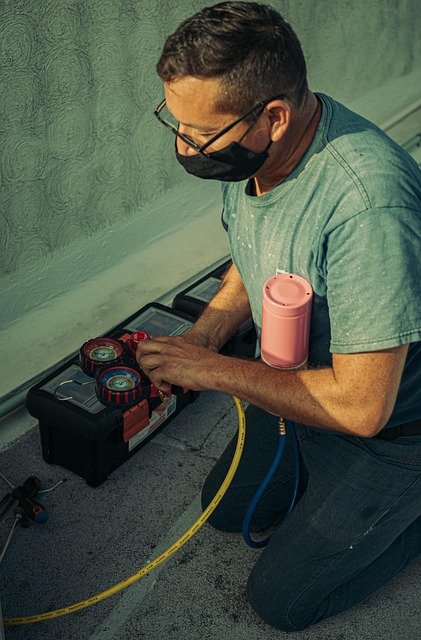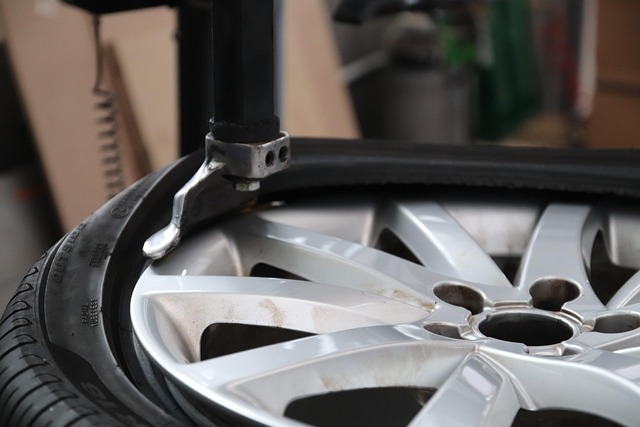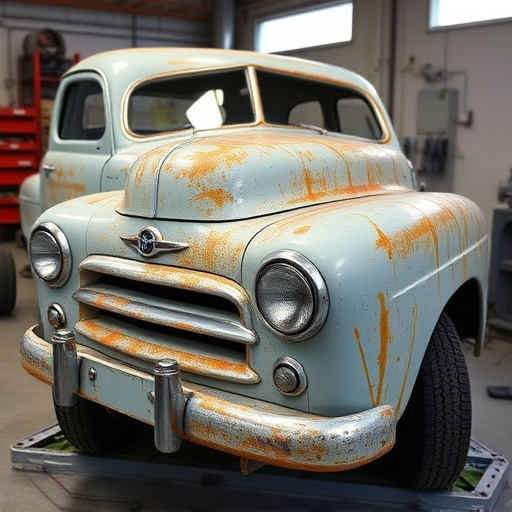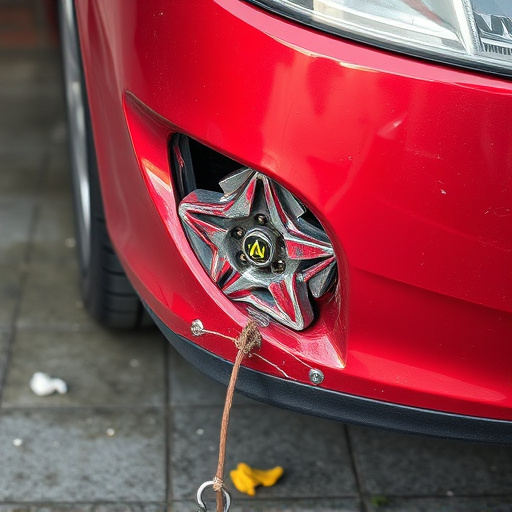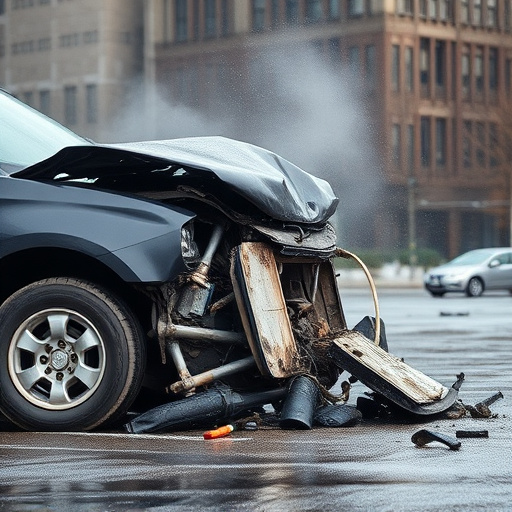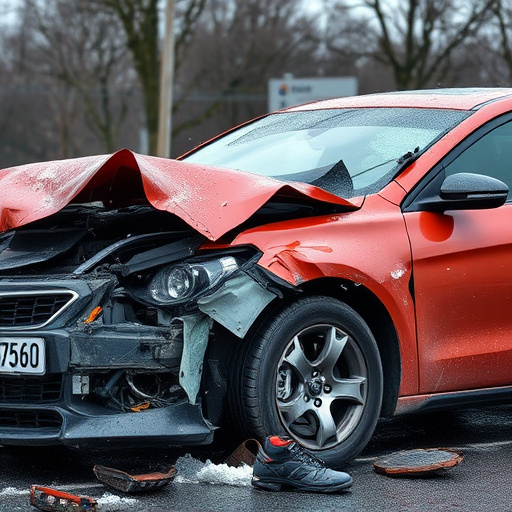Collision repair estimates are complex processes heavily reliant on multiple factors. Minor accidents can lead to significant repairs, from frame straightening to paintwork. Key influences include damage extent, availability and cost of replacement parts, labor rates, and specialized skills required for modern vehicle systems. Understanding these complexities is vital for transparent pricing and high-quality service in collision repair.
Collision repair estimates are intricate processes, influenced by a web of factors that can vary widely from one incident to another. Understanding these complexities is key to navigating the often-misunderstood world of auto body repairs. From the scope of damage—both visible and hidden—to the type of vehicle and market trends, every element plays a critical role in determining repair costs. By delving into these aspects, we uncover the multifaceted nature of collision repair estimates and equip drivers with knowledge to make informed decisions.
- Understanding the Complexities of Collision Repair Estimates
- – The multifaceted nature of estimating costs
- – Factors that contribute to the complexity
Understanding the Complexities of Collision Repair Estimates
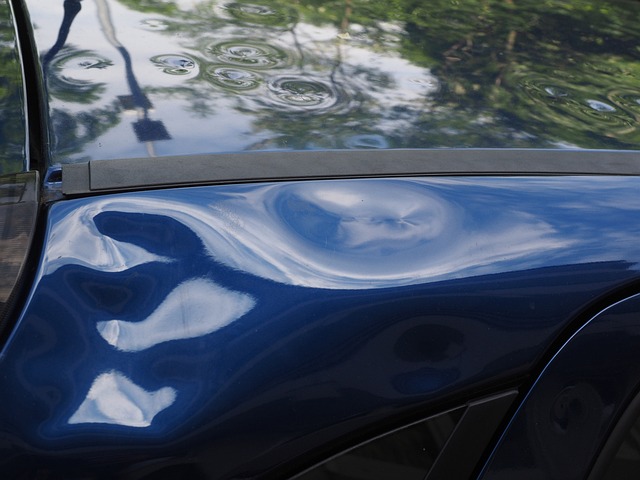
Collision repair estimates are far from straightforward. They’re intricate processes that involve multiple factors, each playing a critical role in determining the overall cost. From initial assessment to final restoration, every step demands meticulous attention and specialized skills. A seemingly simple fender bender could lead to complex repairs involving frame straightening, body panel replacement, and meticulous paintwork—all of which contribute significantly to the final estimate. Uncovering these complexities is essential for both repair shop owners and customers alike to ensure transparent pricing and high-quality service.
– The multifaceted nature of estimating costs

Estimating collision repair costs is a complex process that involves multiple variables. It’s not simply a matter of assessing visible damage and providing a quote—it’s a multifaceted approach that requires a deep understanding of various factors. These include the severity and extent of the damage to different vehicle components, availability of replacement parts, labor rates, and specialized skills required for specific repairs.
For instance, an auto glass repair might seem straightforward, but it depends on the type of glass, its complexity, and whether it’s a standard or custom part. Similarly, collision repair often involves intricate metalwork, body panel replacements, and even paint matching, all of which impact the overall estimate. As such, accurate collision repair estimates demand meticulous consideration and expertise to ensure customers receive fair and precise pricing for their vehicle’s needs.
– Factors that contribute to the complexity
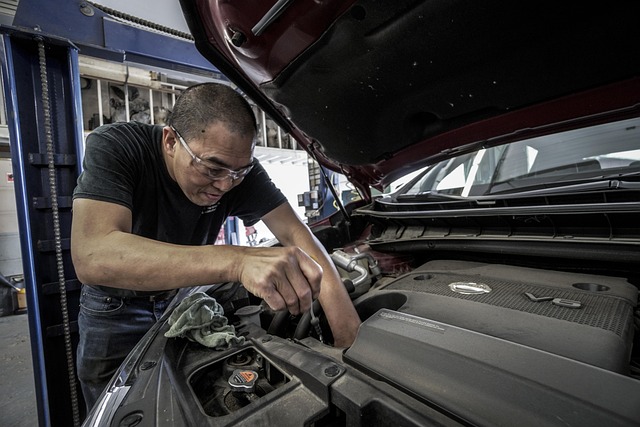
The complexity of collision repair estimates is a multifaceted consideration that involves several key factors. Firstly, the extent of damage to various components of the vehicle plays a significant role. This includes not just visible dents and crumples but also internal damage to structural elements, frameworks, and mechanical systems. For instance, a simple fender repair differs significantly in scope and cost from extensive auto body work that involves multiple panels and systems.
Secondly, the availability and cost of replacement parts are crucial. Some vehicles, especially luxury or specialty models, may have limited or specialized parts, driving up repair costs. Auto maintenance professionals must also factor in labor rates, which can vary based on location, shop capacity, and skill level required for specific repairs. Additionally, the complexity of modern vehicle systems means that auto body work is often more intricate and precise than ever before, necessitating advanced tools and techniques to ensure the safety and performance of the vehicle post-repair.
Collision repair estimates are intricate processes influenced by numerous factors, including vehicle make and model, extent of damage, availability of parts, labor rates, and shop capabilities. Understanding these complexities is key to ensuring accurate and fair pricing for both customers and collision repair shops. By considering all relevant aspects, estimators can provide transparent collision repair estimates that serve as a reliable foundation for effective decision-making.
